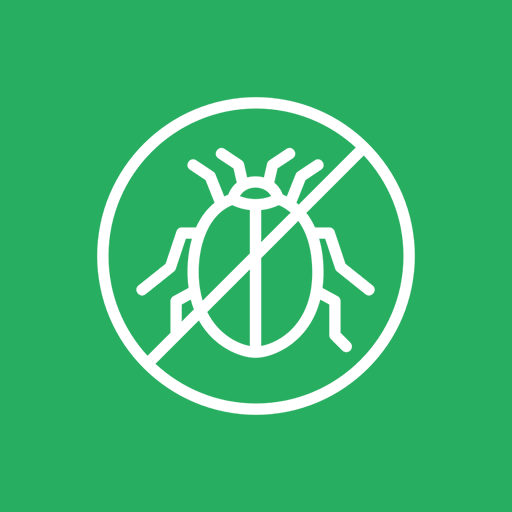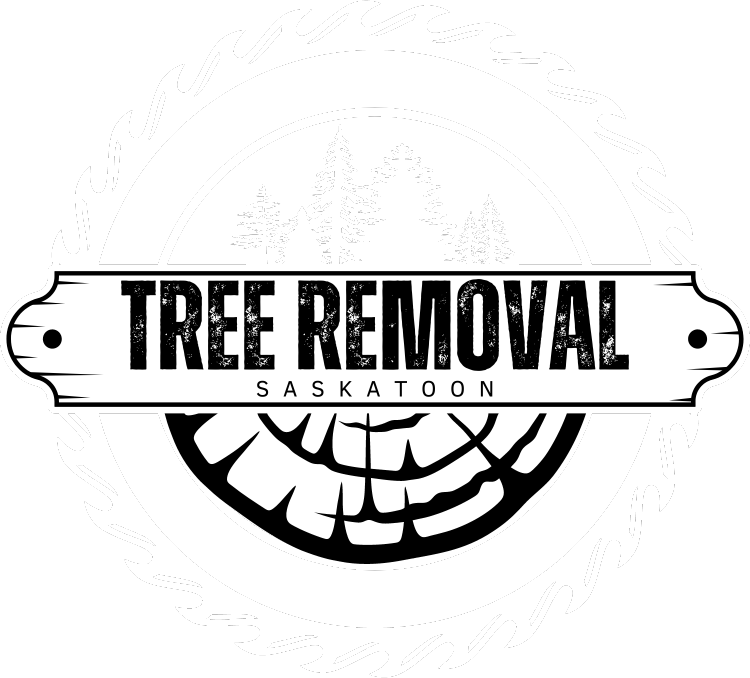Common Pests Found In Trees
Tree Removal Saskatoon
24/HR ON CALL SNOW REMOVAL SASKATOON
Tree Replacement Services In Saskatoon
Wood Chips From The Trees We Cut Down Ourselves
Tree Care For Your Saskatoon Trees
Tree Stabilizing For Assisted Growth
Storm Damage Tree Removal Services
Stump Removal In Saskatoon
Tree Trimming In Saskatoon
TREE REMOVAL SERVICES IN SASKATOON
Request A Quote
Contact Us
We will get back to you as soon as possible.
Please try again later.
Tree Trimming In Saskatoon

Request A Quote
Contact Us
We will get back to you as soon as possible.
Please try again later.
For All Your Tree & Shrub Pruning Needs
Keeping your trees and shrubs pruned is a vital part of keeping a healthy plant. Pruning is described as selectively removing roots, branches, buds, or other parts of the plant.
Am I trimming or am I pruning?
Often these terms get mixed up, though they are quite different. When you are removing dead, loose or diseased branches or shoots, you are sniping. The cutting back of overgrown trees and shrubs is referred to as trimming. Keeping up with both of these techniques has many benefits, as we'll discuss below.
Tree Pruning & Trimming Best Practices

Pest management
By keeping your trees and shrubs trimmed and pruned, you greatly reduce the probability of insect infestation. Pests need an abundance of dead and clumped foliage to thrive. If these pests are present with these conditions, it doesn't necessarily mean they will kill the plant, however, it's likely that disease will be spread, and further damage to limbs will occur.
By being proactive with your trimming and clipping, you can help prevent future problems.

Security
Pruning and clipping regularly keeps you and your family safe around your yard and house. Dead branches pose a big threat, as they can come tumbling down in a storm or harsh winds. Not only does your family and neighbours stand to benefit from taking precautions with your trees and shrubs, your house does too. Debris can damage your roof, windows and siding, potentially costing you thousands.

Overall health
By keeping this proper maintenance, you will encourage strong growth. By cutting back early on in the plants life, giving it appropriate shape and stability, you can reduce the amount of cutting and trimming needed in the future of the shrubbery. If this is overlooked, the tree or shrub could potentially weaken and not have the strength to support itself as it grows larger.
IMPORTANT!
When should I be pruning or trimming?
Here are some guidelines on when the best times to prune are.
- Winter - During this dormancy period is the most common time to trim and prune. This will result in a burst of vigorous new growth in the spring. Usually best to wait until after the coldest part of winter is done.
- Summer - Used to direct or slow branches and growth. Best done after seasonal growth has stopped. Also is a good time to spot defective limbs.
- Flowering varieties - If your plant blooms in spring, its best to trim and prune when the flowers start to fade. However, if your plant blooms mid to late summer, we recommend cutting in the winter, or early spring of the following year.
- Fall - Do Not Prune during this time. The spread of spores by decay fungi is most rampant this time of year, and because trees and shrubs heal slower as they're preparing for winter, infection will be probable.
Safe & Efficient
Let us be the tree service company to take care of your tree removal needs
